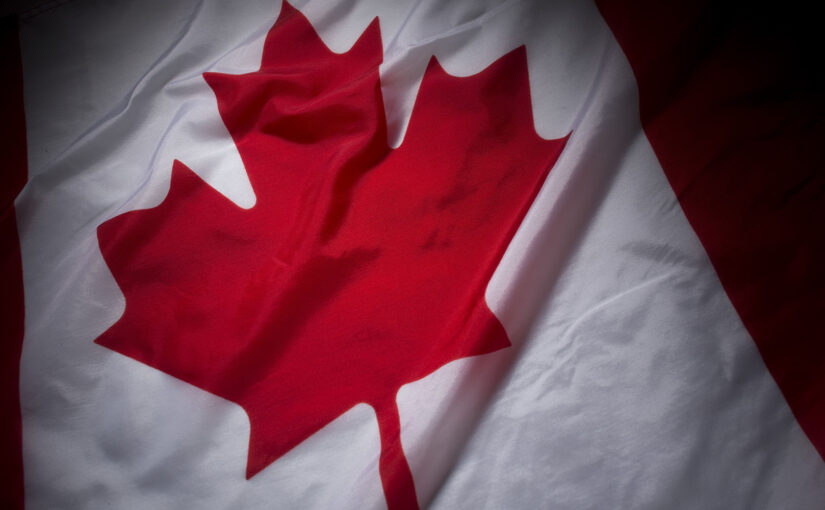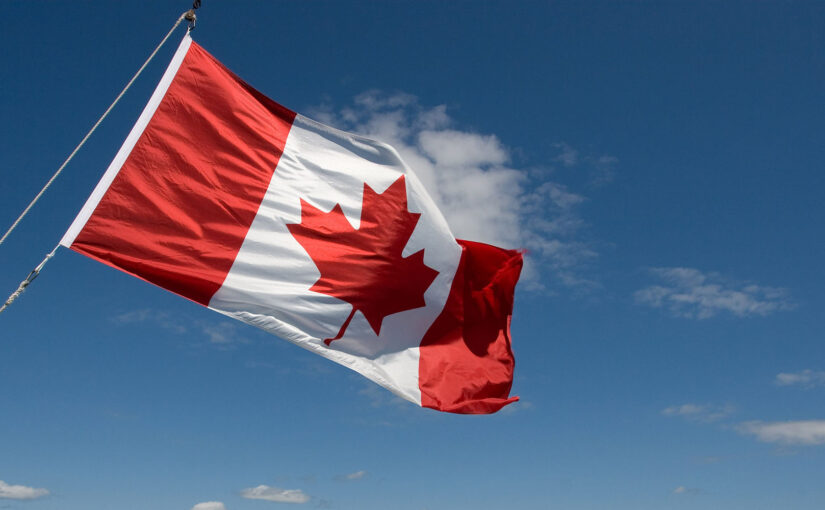Search this article on Google: Q: How does the Canada-United States-Mexico Agreement (CUSMA) affect my ability to work or invest in Canada as a US or Mexican citizen?
The Canada-United States-Mexico Agreement (CUSMA), also known as USMCA in the U.S, has several provisions that can potentially affect your ability to work or invest in Canada as a U.S. or Mexican citizen.
If you’re looking to work in Canada, CUSMA has introduced some changes to the categories of professionals who can obtain a NAFTA work permit. The list of professionals has been modernized and expanded to include more professions, thereby increasing the opportunities for U.S. and Mexican citizens to work in Canada. However, it’s important to note that the requirements to obtain a work permit remain rigorous, and you must demonstrate that you fulfill all necessary qualifications and conditions for your specific profession.
Regarding investment, CUSMA ensures a stable and secure environment for investors from the U.S. and Mexico. It includes comprehensive protection against unfair expropriation and discrimination. In addition, it guarantees the free transfer of funds related to an investment in a freely usable currency. As an investor, you also have the right to submit a claim to an impartial international tribunal in case of disputes related to your investments.
However, there are some industry-specific limitations. For instance, in the dairy industry, Canada has agreed under CUSMA to provide specific quotas for U.S. exporters. This may limit opportunities for U.S. or Mexican investors interested in this particular sector.
While CUSMA provides a general framework for working and investing in Canada, it’s important to consult with a seasoned immigration lawyer who can provide advice based on your specific circumstances and interests. Navigating through immigration laws and international trade agreements can often be complex and challenging. Therefore, professional legal assistance is crucial to understand the potential opportunities and challenges under CUSMA.
In conclusion, while CUSMA opens several avenues for U.S. and Mexican citizens to work and invest in Canada, it is necessary to understand the specifics of these provisions to fully leverage the benefits. It is always advisable to consult with seasoned immigration lawyers, like us at LexLords Canada Immigration Lawyers, for a comprehensive understanding of how CUSMA can affect your specific situation.









